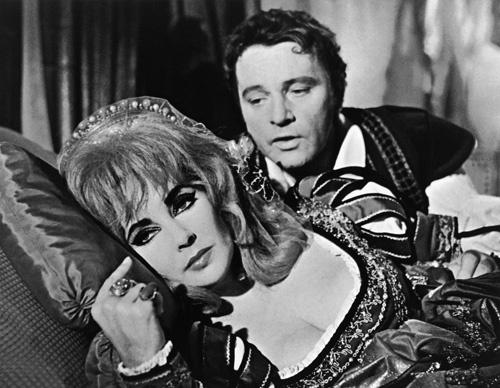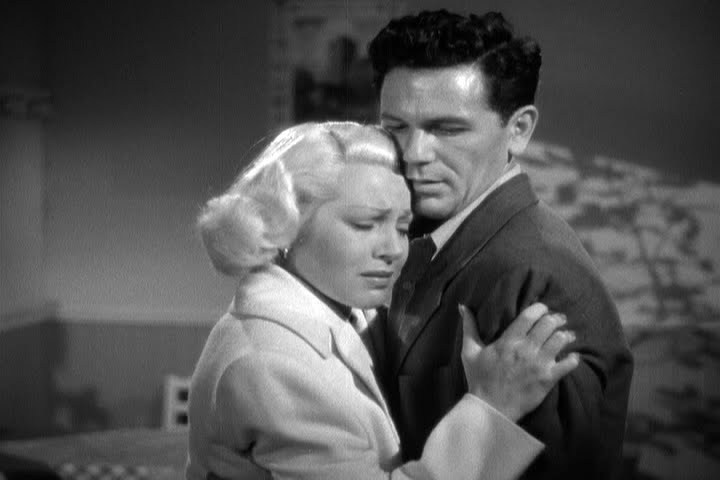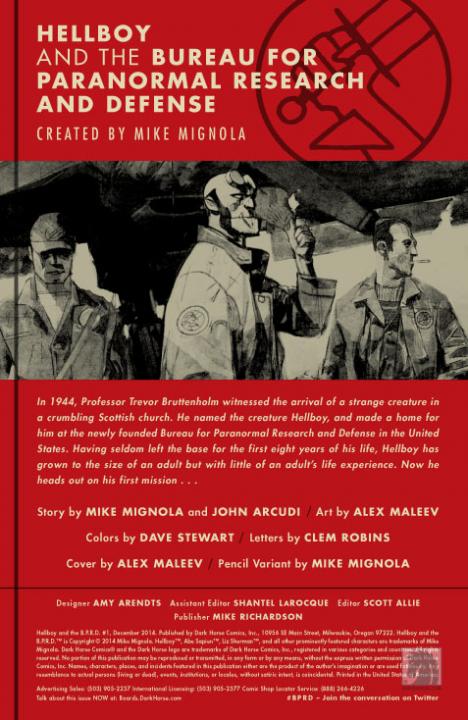The one-season wonder is a fairly well known phenomenon in America. Whether it befalls a now-classic like Freaks & Geeks or a cult oddity like Rubicon, a show getting cut down before its time is the source of countless reunion, anniversary, or appreciation articles. Succinct rarely applies in the current media climate. When something is a success, businesses hunger for more, often stretching mini-series into multiple seasons. When something is a failure, it’s cut loose. But other countries subscribe more readily to the short and sweet mentality, and that can account for some of the best TV there is.
Kids on the Slope is an anime that ran from April to July 2012 in Japan. It has since found distribution in the US, in the form of streaming services (the anime-centric app Crunchyroll) and home video. The show only ran for twelve episodes, but managed to create characters as easy to fall in love with as any show that aired for a decade. Of course, for every Kids on the Slope, there’s an anime that goes on for years, but Japan seems more likely to allow an artistic work to last only as long as necessary. Slope has a beginning, middle and end, and with that regulated structure, it’s able to create an emotionally stirring world.
Kids on the Slope is set in the mid-60’s on the island of Kyushu, the southernmost region of Japan. Nishimi has recently moved there, after being relocated constantly throughout his life, and hesitantly strikes up friendships with Sentaro and Ritsuko. The latter’s father owns a record store where Sentaro teaches Nishimi about the power of jazz music. Sentaro, on drums, and Nishimi, on piano, see their lives and relationships evolve and revolve around the music they play. There are love triangles, broken hearts, and absentee parents. But the core of the show eschews cliché, instead lounging in the emotional headspace created by two musicians connecting the only way they know how.
Music is obviously essential to the show, especially two key pieces: “Moanin’” by Art Blakey and the Jazz Messengers, and “My Favorite Things” as interpreted by John Coltrane (whose death is mentioned here in a similar way to John Bonham’s on Freaks & Geeks). These songs provide a diegetic version of a recurring score, pointing out developing relationships and common themes. One of the most refreshing aspects of Slope is that the main theme is not romance, but friendship. Proof of this can be seen in the first episode. When Nishimi meets Ritsuko, his love interest, the moment is cute and warm, but quick. Nishimi’s introduction to Sentaro, however, is powerful, cluing the audience in to the fact that these two boys will be vital to each other’s life. That’s not to downplay the importance of Ritsuko, a character who can be too timid at times, but is willing to do anything for those she cares about. And the show does have plenty of romantic drama fueling the engine. But the core of the series is encapsulated in a quote from a later episode: “Unlike love affairs, friendship is for life.”
Though the show only lasted for twelve episodes, each running for about twenty minutes, the emotional resonance is hugely impactful in a way unique to television. The show’s length is about equal to that of two films, but there’s something distinct to this methodology that proves that television isn’t only unique when it runs for years. The episodic format splits a long journey into segments, giving the feel that the audience has spent more time with the characters than they actually have. Slope is skilled at jumping through time, giving those episodes weight by implying the spaces in-between. The ending culminates in a more expansive time-jump, and by that point our conditioning for only months at a time becomes a heartbreaking transition.
The exoskeleton of episodic storytelling helps as well. Kids on the Slope has a gorgeous theme song by the singer Yuki, with animated stills that grow with power the more one gets to know the characters. The song references bits and pieces of the show, getting at an emotional truth that underlies the entire series. Beginning each episode (except, pointedly, the finale) with the theme feels like a reset button, introducing a new chapter for the characters as love grows between them and for them. Theme songs and title sequences always help shows give this distinction between installments. So even if the viewer indulges in the modern habit of binge-watching, there’s a line drawn to separate each episode. This is vital to the format, making the pieces feel of a whole while maintaining their own identity.
All of these aspects would seem more powerful in a long-running series, but Kids on the Slope proves the power of short-lived television. It does this in macro for the aforementioned reasons, but the show’s unique identity feeds into the idea of “here then gone” art. The shortness of Slope represents the flurry of youth, incorporating jazz to express how events and emotions are tangled, then remembered, with a nostalgic glow. As the episode numbers crawl towards twelve, each event is given more weight. Youth comes to an end far too quickly, and Slope allows that crashing realization to be felt. When characters bicker over petty differences in later episodes, the heartache worsens, as there is far less time to recover. Kids on the Slope uses the format of short-lived TV to give an emotional finish to a poignant story. Youth, Kids on the Slope, and jazz performances all have a few things in common: the best parts of them start off with unsteady feet, a mutating glob of pure emotion that eventually begins to take shape and narrow into a single direction. They all must end. And they all should be cherished.





